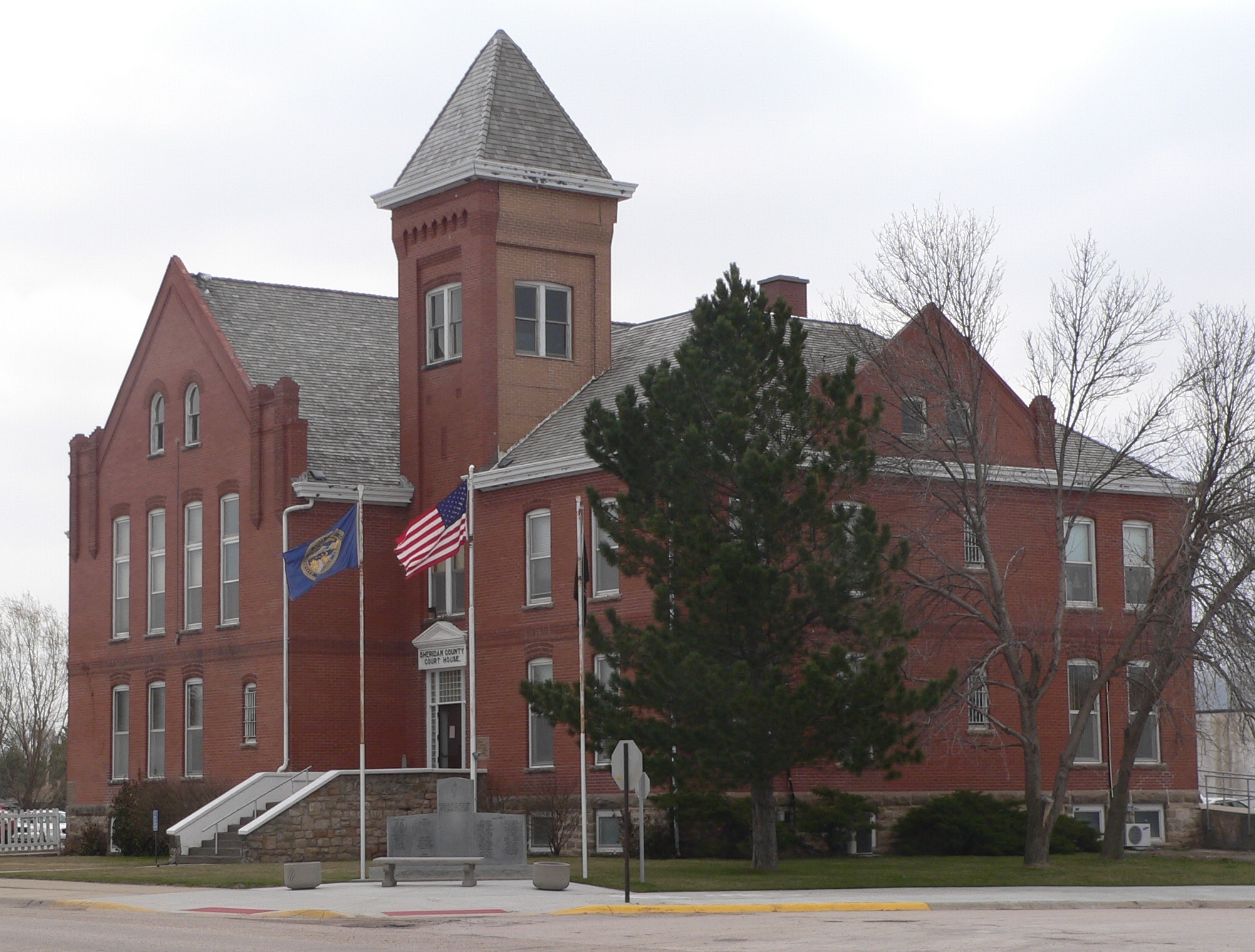Since the founding of our communities, organizations, businesses and citizens have stepped forward to build and serve their community. Click on any of the logos below to learn about those who made this website possible! If you would like to learn about becoming a sponsor CLICK HERE!
- County: Sheridan County, NE
- Region: Northwest NE
- Sponsors
- About Rushville, NE
- Businesses
- Community Organizations
- Faith Organizations
- Festivals and Events
- Points of Interest
- Veterans
- Visit Website
Learn how to Contribute to any of the above categories.
No news yet. Got some news? Hit that NEW POST button!
About Rushville, NE
“Rush Valley” was established two miles north of the present site of Rushville in 1884. Buffalo grass pastures west of the Sandhills provided good pasture but were too short for hay. Natural meadows along Rush Creek induced many to settle in the area. Two stores were soon established in the valley by Henry Crow and Cal Weeter.
True to form, when the Fremont, Elkhorn and Missouri Valley Railroad churned westward across the country in 1885, it missed the established community. However, merchants from Rush Valley were among the first to purchase town lots from the railroad controlled by the Pioneer Townsite Company. They built structures and moved their goods to the new town of Rushville along the iron highway. The first merchants in the new town were Morse and Tully. Their original store was in a tent, but they soon erected a frame building. Many of the early businesses were housed in structures that were framed up part way and topped with a tent.
A petition was presented to the county board on Oct. 9, 1885, asking for incorporation of the Village of Rushville. The petition being legally sufficient, the board named the following as the first Rushville trustees: Peter Bruhn, Chris Mosler, Ed McEachron,L. F. EnderlyandO. Meservy. A tax levy of seven mills was passed by the trustees in 1886.
Rushville utilized the advantages of the Sheridan County courthouse, railroad and nearby Pine Ridge Indian Reservation to become a supply point for a large trade territory.
The Bureau of Indian Affairs maintained a large warehouse in Rushville for freight shipped to the Pine Ridge Reservation until the 1960’s. “Buffalo Bill” Cody headquartered in Rushville when he was hiring talent on the reservation for his Wild West shows. Cody paid the Indians in script that was redeemable only at the Asay Store while the performers were in Rushville. Cody always stayed with the Asay family when in Rushville. (It has been said that Cody entertained Mrs. Asay on picnics at the Niobrara River while Mr. Asay tended the store.) In later years, Cody returned to Rushville to film a re-enactment of the “Battle of Wounded Knee.” The Pine Ridge Indian Reservation continues to be a major part of the Rushville economy.
As city and rural residents prospered, many gave generous gifts to their town. These gifts provided funding for a ball park, city park, golf course, Masonic Lodge, airport, school, library and churches. Today, Rushville is a city of more than 1,100 residents.
Businesses of Rushville, NE
The businesses of our towns are truly the lifeblood of each community, click on any businesses below to learn about them, to learn how to add your business to your town and county page CLICK HERE!
Sheridan County, NE
Visit our county page and you will find information about our town and county's points of interest, festivals/events and faith community. You also will learn about the community organizations that have built and continue to build strong communities (chambers, community groups, and departments, etc) and much more when you visit the Sheridan County, NE page.

